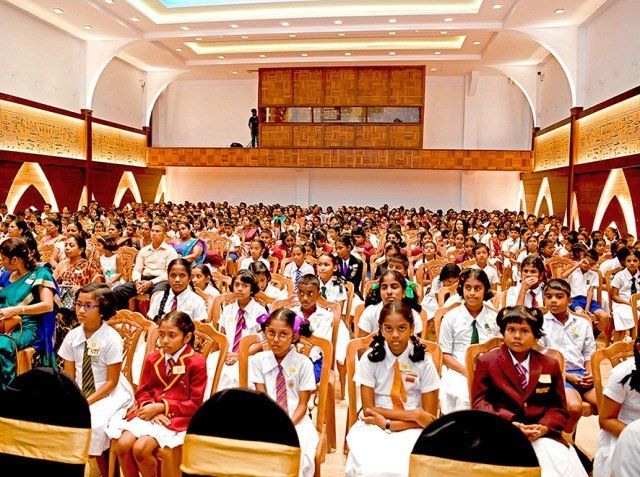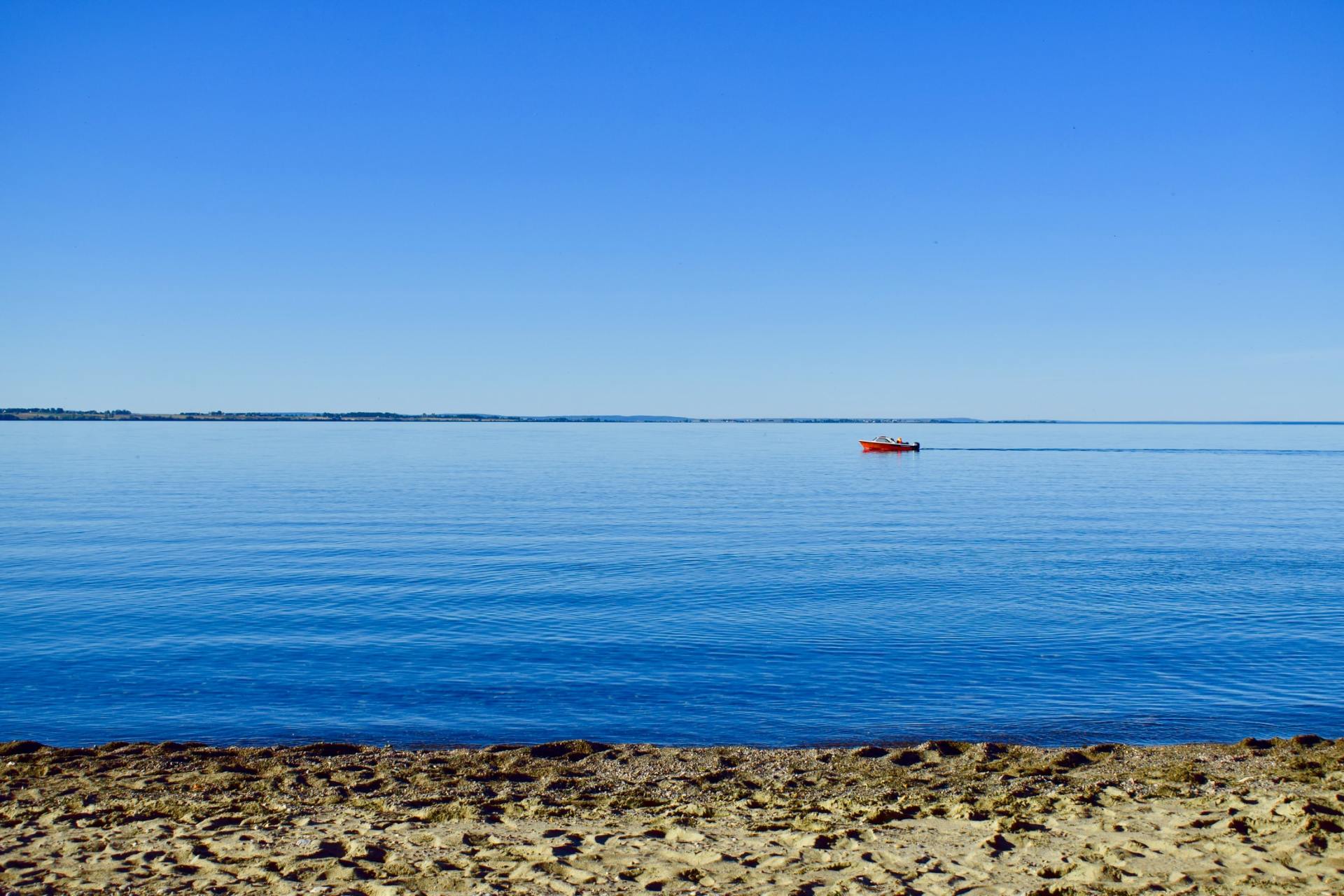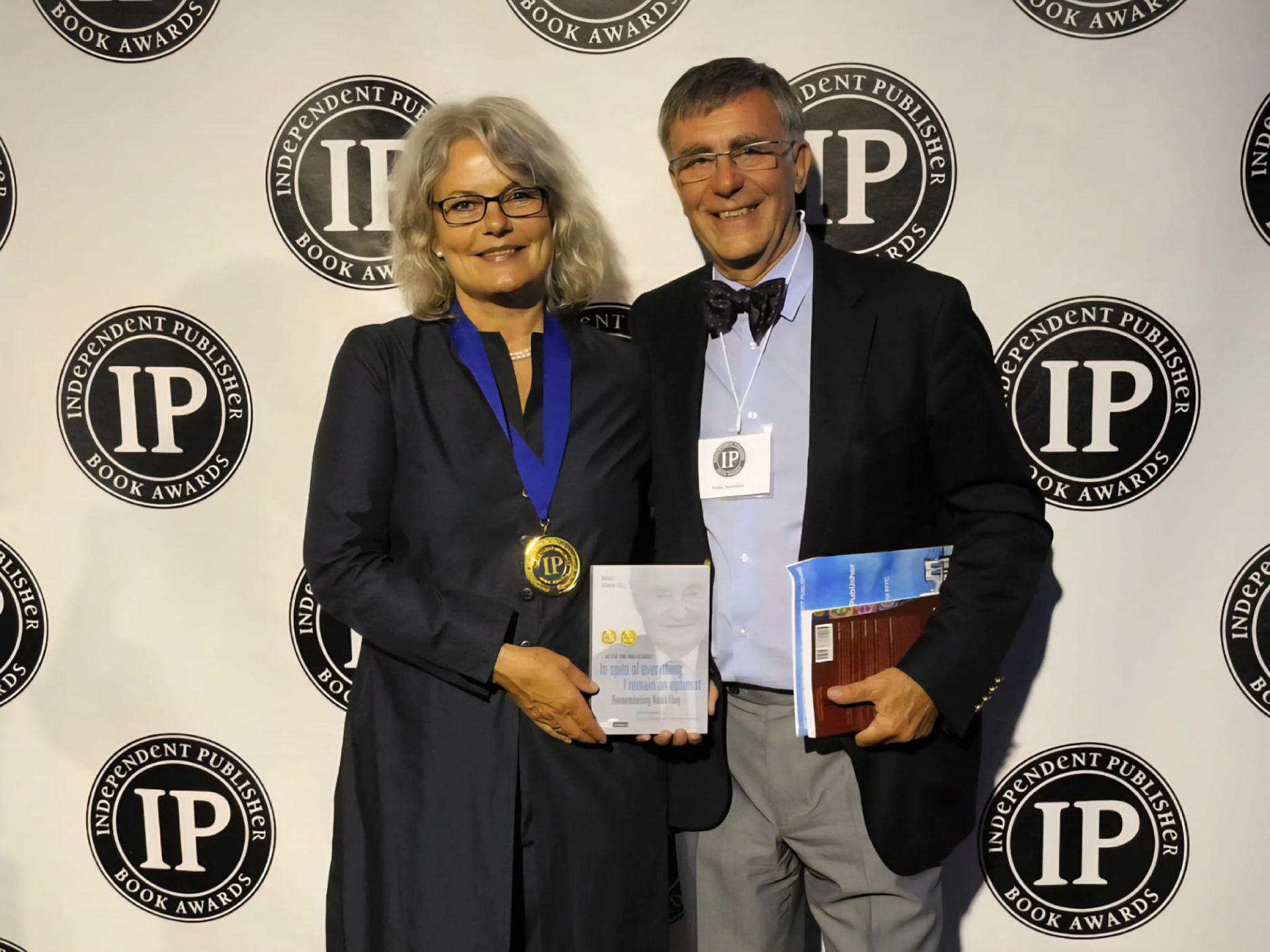13th Annual Green Lane Diary Competition in Sri Lanka Reached Over 8000 Students in 2017
GCI Office • January 16, 2018
13th Annual Green Lane Diary Competition in Sri Lanka Reached Over 8000 Students in 2017

The Green Lane Diary project is a school-based educational initiative that raises children’s awareness of the importance of caring for our planet and of the difference they can make by living sustainably. The prevailing environmental challenges in Sri Lanka and other countries, as well as the effects of global warming, are explained to the students. In response, they are taught to engage in activities such as tree planting, recycling or sustainable mobility. The children participate in this initiative by keeping a daily diary of their sustainable activities over a school term, which they are coached how to do. At the end of the term, the most outstanding diaries are recognised.
Within Sri Lanka, more than 8000 Grade-5 students (10 years old) from selected schools in the Western Province participate annually in the Diary initiative. For this latest edition, four winning students earned the opportunity to travel to Japan and attend Green Cross Japan’s own Diary contest award ceremony in Tokyo, as in previous years. During the trip, they visited a local elementary school to share their experiences with Japanese students.
A part of Green Cross International’s Value Change programme, this initiative plays a key role in Green Cross’ mission of developing a sustainable global community. Presently, the Green Lane Diary teaches nearly 2 million children about sustainable development. Originally launched in Japan in 1999, the initiative was adopted in other Green Cross National Organisations such as Sri Lanka, who joined the project in 2005. As the initiative grows and develops, it increases engagement and creates a sense of ownership for the wellbeing of our planet, and to the benefit of future generations.

One of Europe's biggest freshwater lakes. VÄTTERN BELOW THE SURFACE (Documentary 2020) Lake Vättern Below the Surface This documentary brings forth new perspective of Swedish water management. This film is an example of how water management can be risking human health and water quality, not only in Sweden but in countries worldwide. The problem is most of the countries in the western world does not have a functioning water management, nor do they have field personnel or fully employed environmental diving inspectors checking the ecosystem below the surface. Eurofins, a major company in Europe testing for different toxins and substances, can today only provide data on approximately 300 substances. From a average sewer plant there can be an outlet of some 10 000 to a 100 000 chemicals. We cannot see chemicals, but we can see the effects when we dive. What we see are dead ecosystems at the bottom of lakes with algal blooms containing toxic cyanobacteria as a result of chemical discharge. These cyanotoxins are today linked with human diseases such as ALS, Alzheimer's and Parkinson, to name a few. The problem is we don't really know how many toxins there are in our drinking water, or in the food we eat. The film Lake Vättern Below the Surface documents this issue. The international community must begin to reevaluate how we are going to solve this problem. After you view this film some things to consider and discuss are the following topics below. These challenges we now see can easily be solved in a first stage. What is needed is to assess the level of toxic discharge there is in national water systems. We need to begin by digitizing all outlets and create an overview map of the difference in toxins found in the water systems. Then an overall plan can be tailormade made for the infrastructure in country and for the local communities. A common sense example is that placing heavy industrial complexes upstream freshwater lakes which are utilized for drinking water is not a good idea. Sweden has already solved the first stage and created a database showing the direction all water flow in the country, meaning the surface water and most of the groundwater. If a lorry with toxic cargo tips over we can follow the contamination downstream in the database and see how it affects the water system. What the country of Swedish has not realized is that we have laid the foundation for a much bigger database. Within this system we have the possibility to register the toxic discharge that is currently approved by the government. We can for example register into the database the estimated 6,000 covered dumping sites currently leaking toxic wastewater, as well as our thousands of sewer plants, industrial outlets, and the dumping locations of munition materials by Armed Forces. This can be done to provide an overview to assess the impact of the chemical outlets to our water systems. The governments have the necessary data to make this happen. This can be an effective tool to control and stop to sensitive ecosystems and keep our citizens and future generations safe. The next two steps involve diving and field personnel to survey the water systems and assess the state of ecosystems below the surface, in each country. Most important is to begin researching the methods for sampling the thousands of chemicals in our water. If we do not stop the dissemination of toxic chemicals today it could take years into the future before we solve what will become an even greater challenge to provide clean water, which is safe to drink. We need to know what our water contains to keep people, animals and the ecosystem out of harm's way. Water security will also be a major challenge for governments worldwide with the challenge of climate change. Green Cross Sweden, together with Green Cross international, are in talks with the water researchers behind this film to create a pilot studies in several countries that can address this issue or water management internationally on an global scale. Together we can change the world towards a sustainable future. - Andreas Vos Board Member, Green Cross Sweden









